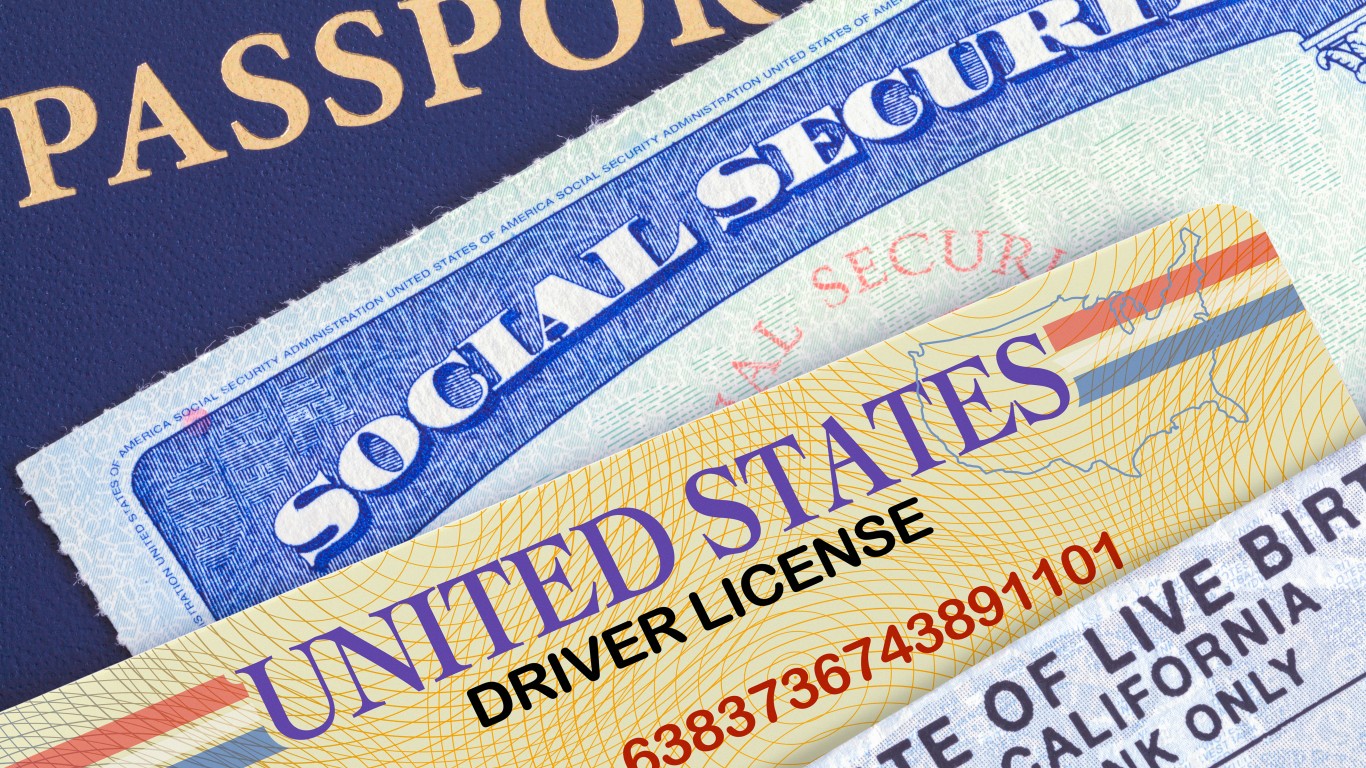
When the stock market enters into a deep correction, or a bear market, there are many unconventional ideas that get floated to the public in an effort to shore up the market. The Dow, S&P 500 and NASDAQ have seen their values plummet by 30% in barely a month as the economy entered into an “insta-recession” as the COVID-19 pandemic shuts down the economy. Many market pundits have called for Social Security to stop investing in government “IOUs” and into the harder assets that actually make up the economy. Those IOUs are actually special issue securities by the government.
In physics, there is supposed to be an equal reaction for every action. This has not felt true in the volatile market action that has been seen of late, and chaos has even spread into the bond market and created discord in the world of exchange-traded funds.
A bear market alone should probably not be a focal point or the sole proxy as to how or why the Social Security Administration should start investing in stocks. And to be clear, there are currently no Social Security investment dollars in the stock market. Will that hold true going forward? Would other asset classes, such as corporate bonds be an allowable investment class?
The Social Security Trust Fund is where the contributions from paychecks (payroll tax) are deposited and it is where the payments come from for distributing all of those monthly Social Security payments. The surplus funds are invested in low-risk and “Special Interest” government securities that have the “full faith and credit” of the U.S. government in the Old-Age and Survivors Insurance Trust Fund and in the Disability Insurance Trust Fund. While the trust funds now hold only those special issues, the SSA shows that they have held public (government) issues in the past.
Some market pundits may want Social Security to be invested as a means of helping to stabilize the stock market. Other pundits might explain how investing in the stock market may help to bolster the Social Security trust funds and help it rise ahead. The numeric average of the 12 monthly interest rates for 2017 was 2.313% according to the SSA site. If the action-reaction argument is made, there could be some unintended consequences if Social Security starts deviating funds away from government securities and moving funds into stocks.
First and foremost, how much would the government allow to be invested into stocks would be the first issue. If it’s half of the money that could initially be good at first for stocks, but then as the baby-boomers receive more and more payments ahead it would create net sellers. It’s similar to a similar issue facing many 401/k, IRA and pension assets are facing.
A secondary issue to consider is that the government investing money would not be a guarantee that the markets rise. And it seems the ploy to invest excess reserves into stocks or other asset classes would cause forced selling in the years ahead when all those monthly payments are due.
Another issue to consider if the Social Security trusts invested in stocks and/or other assets is just what percentage of those assets should go into new asset classes such as stocks.
As for history of the dollars and cents, asset reserves grew from about $47 billion at the end of 1986 up to about $2.897 trillion by the fiscal end (September) of 2019. As of the end of 2019, the income of the trusts was $1.051 trillion and the cost was $1.044.5 trillion. According to the Q&A area on the SSA.gov website, there was a sum of $2 trillion used to buy those Treasury and government securities while the fund sold $1.156 trillion.
There are two types of those “special issue” securities as follows:
- The certificates of indebtedness are issued on a daily basis for the investment of receipts not required to meet current expenditures, and they mature on the next June 30 following the date of issue.
- Special-issue bonds are normally acquired only when special issues of either type mature on June 30. The bonds generally have maturities ranging from one to fifteen years.
If the SSA’s longer trust fund for retirement allowed a small percentage to go into “the market” there are probably less serious ramifications to worry about. If the SSA started contributing 25% or 50% of its allocation to end up in stocks, it could create big volume swings as the funds had to buy at first and then when they sell later.
Another consideration that needs to be addressed for SSA buying stocks and other assets is that the U.S. taxpayers would effectively be shareholders in whatever companies SSA was allowed to be invested into. The same issue applies here for corporate bonds because corporate bonds actually come higher in the capital structure than common stocks. Still, would mutual fund and ETF investors want the government to have an even higher ownership than private shareholders? It’s not an assured outcome at all, but having hundreds of billions to invest and to keep investing over time could allow substantial ownership stakes to be seen in even the largest American companies.
Even throwing out the idea that SSA could start buying stocks or corporate bonds might create a lot of buzz, but it would not happen overnight. To get Social Security to change its stripes and allow alternative investments, it would not happen in any short period of time. The SSA site says:
By law, income to the trust funds must be invested, on a daily basis, in securities guaranteed as to both principal and interest by the Federal government. All securities held by the trust funds are “special issues” of the United States Treasury. Such securities are available only to the trust funds.
In the past, the trust funds have held marketable Treasury securities, which are available to the general public. Unlike marketable securities, special issues can be redeemed at any time at face value. Marketable securities are subject to the forces of the open market and may suffer a loss, or enjoy a gain, if sold before maturity. Investment in special issues gives the trust funds the same flexibility as holding cash.
If the market rises ahead it could bolster the solvency and extend the available cash that SSA has to make future Social Security payments. If the market falls, it would shrink the funds available for Social Security payments. Can you imagine the public outcry if the government was losing money in stocks? At that point, the government could certainly dictate terms around salaries, employee pay, dividends and buybacks, corporate governance issues around voting, it could take broader regulation and so on.
There are at least some precedents for the thought of government investments in the private sector. The U.S. government did get preferred shares from the bank bailouts in the financial crisis times of 2008 to 2009, which were all redeemed with a profit to taxpayers. Other nations have reportedly bought stocks as part of their quantitative easing efforts via inserting cash into the economy. And there is a list of large sovereign wealth funds which own entire companies that are there for the benefit of future generations.
Some investors may want to see certain funds from Social Security get invested into stocks and perhaps into corporate bonds. This just needs to be thought out clearly to make sure that future reactions are not exponentially larger than the actions taken.
The Average American Has No Idea How Much Money You Can Make Today (Sponsor)
The last few years made people forget how much banks and CD’s can pay. Meanwhile, interest rates have spiked and many can afford to pay you much more, but most are keeping yields low and hoping you won’t notice.
But there is good news. To win qualified customers, some accounts are paying almost 10x the national average! That’s an incredible way to keep your money safe and earn more at the same time. Our top pick for high yield savings accounts includes other benefits as well. You can earn up to 3.80% with a Checking & Savings Account today Sign up and get up to $300 with direct deposit. No account fees. FDIC Insured.
Click here to see how much more you could be earning on your savings today. It takes just a few minutes to open an account to make your money work for you.
Our top pick for high yield savings accounts includes other benefits as well. You can earn up to 4.00% with a Checking & Savings Account from Sofi. Sign up and get up to $300 with direct deposit. No account fees. FDIC Insured.
Thank you for reading! Have some feedback for us?
Contact the 24/7 Wall St. editorial team.





